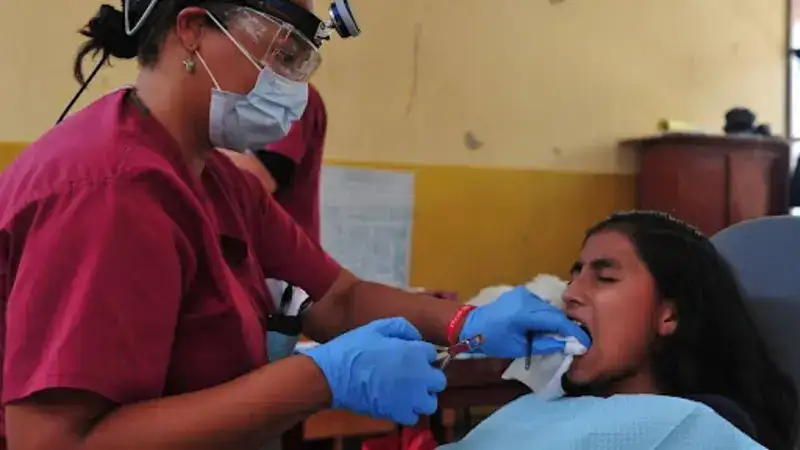Getting a tooth pulled might sound scary, but it’s a very common dental procedure. Dentists often remove teeth that are badly damaged, infected, or causing crowding in your mouth. Knowing what happens before, during, and after a tooth extraction can help you feel more relaxed and prepared.
This article will walk you through what to expect and how to take care of yourself afterward. Read on.
Before the Extraction
The process starts with a consultation. Your dentist or oral surgeon will examine your mouth, take X-rays, and review your medical history. It’s important to inform your provider of any existing health conditions or medications, especially if you have:
- heart problems
- diabetes
- a compromised immune system
You may be prescribed antibiotics before the extraction if there’s a high risk of infection. For surgical extractions or if you experience high anxiety, sedation options-such as nitrous oxide, oral sedatives, or IV sedation-may be discussed. Check out this dentist in Tijuana to learn more.
During the Procedure
Tooth extraction procedures are typically classified into two types: simple and surgical. A simple extraction is done on a visible tooth and usually involves local anesthesia to numb the area. The dentist uses an instrument called an elevator to loosen the tooth and forceps to remove it.
A surgical extraction is more complex and often performed on teeth that haven’t fully erupted, such as impacted wisdom teeth. In this case, an oral surgeon may need to make a small incision in the gum and possibly remove some bone around the tooth. Surgical extractions also use local anesthesia, and depending on complexity, sedation or general anesthesia may be used.
Despite the nature of the procedure, you shouldn’t feel pain during the extraction, though you might feel pressure or movement. The entire process usually takes between 20 to 40 minutes, though it can be longer depending on the case.
After the Extraction
Once the tooth is removed, a gauze pad is placed over the socket to control bleeding, and you’ll be asked to bite down on it for 30 to 45 minutes. In some cases, the dentist may use stitches to close the gum.
Aftercare is critical for proper healing. You may experience swelling, discomfort, or minor bleeding for a few days. Pain can usually be managed with over-the-counter medication or a prescription provided by your dentist.
Avoid smoking, drinking through a straw, or eating hard foods during the first few days, as these can disrupt clot formation and lead to dry socket, a painful condition where the blood clot is dislodged, exposing the bone underneath.
You’ll likely need to follow a soft-food diet for a few days and maintain gentle oral hygiene practices. Most people recover within one to two weeks, with complete healing taking a bit longer.
Be Well Prepared for a Tooth Extraction Procedure
Though the idea of a tooth extraction might seem daunting, modern techniques and anesthetics make it a relatively straightforward and manageable procedure. With the proper care and attention to post-operative instructions, recovery is typically quick and uneventful.
If you have concerns about the process, don’t hesitate to ask your dental provider. They’re there to help you every step of the way.
If you want to read more articles, visit our blog!
